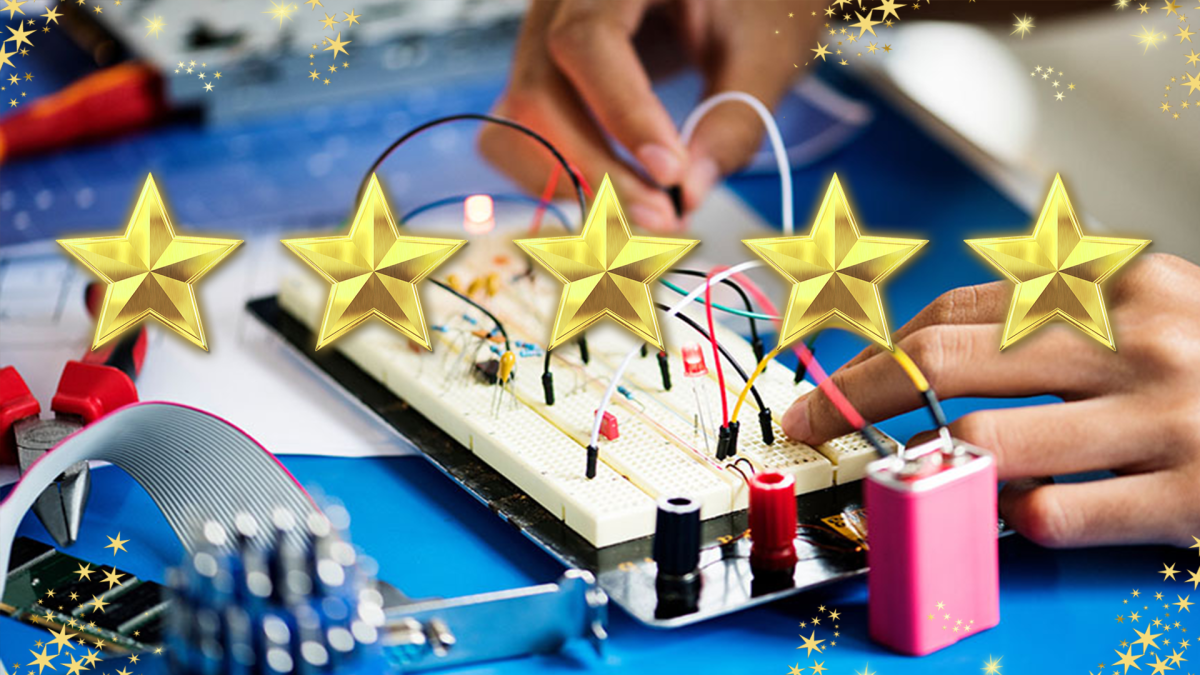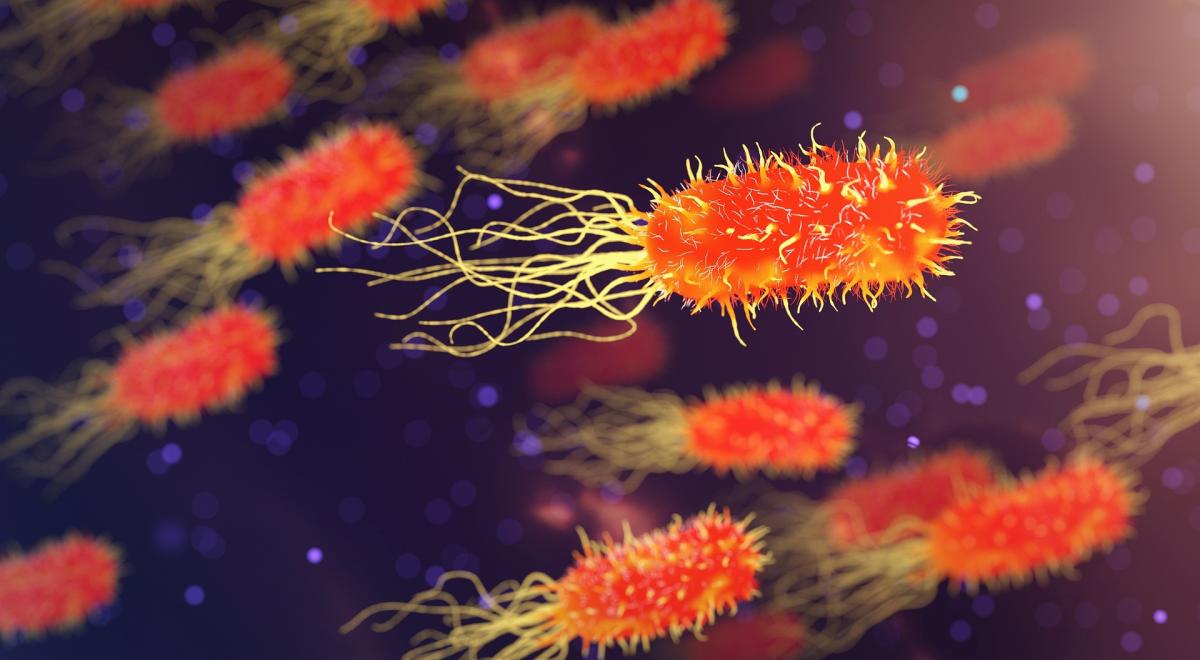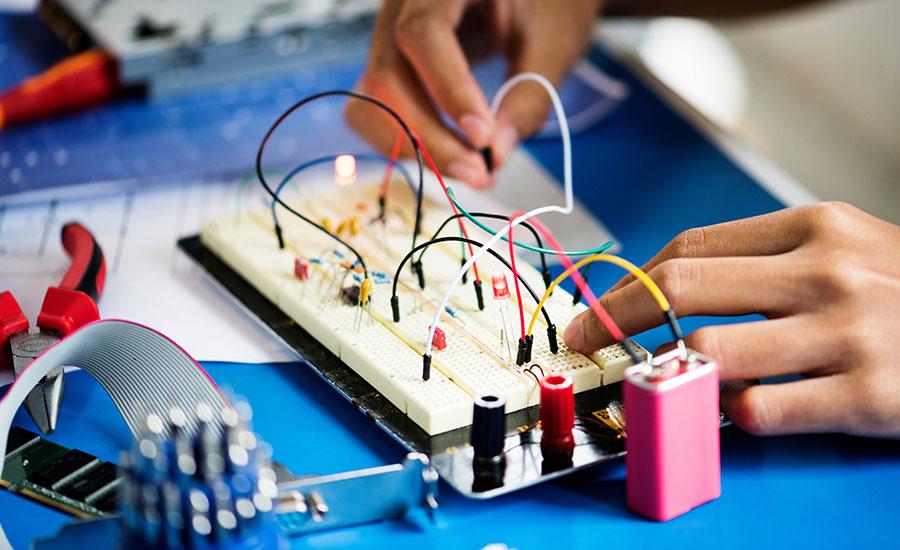
A Shocking Dystopia: STEM Adventures in The City of Ember Part 3 of 4: A Problem in the Greenhouse
This lesson is PART 3 of a four-lesson unit, which focuses on futures thinking, the phenomenon of electricity, closed-system agriculture, and water as a renewable energy resource. “The City of Ember”

A Shocking Dystopia: STEM Adventures in The City of Ember Part 2 of 4: A Way to See in the Dark
This lesson is PART 2 of a four-lesson unit, which focuses on futures thinking, the phenomenon of electricity, closed-system agriculture, and water as a renewable energy resource. “The City of Ember”

A Shocking Dystopia: STEM Adventures in The City of Ember Part 1 of 4: Blackout! Community Circuits
This lesson is PART 1 of a four-lesson unit, which focuses on futures thinking, the phenomenon of electricity, closed-system agriculture, and water as a renewable energy resource. “The City of Ember”

Students have the opportunity explore different materials that use nanotechnology and then discuss the key differences between macroscale and nanoscale impacts on those materials.

Students will learn about the light sensor on the Circuit Playground Express and how it can be used as an automatic switch to turn a device on or off. They will learn about the thermometer sensor on

Students will use an understanding of the sun as an energy and heat source to design a device to direct the sun's heat to aid with growing plants. The students will go through the 5 E's and the

Involving themes of biology, ecology, and conservation, this engineering lesson introduces students to the behavior of immersed bodies within the realm of fluid mechanics. Utilizing the phenomena of

Involving themes of outdoor recreation, ecology, and physical sciences, this engineering lesson introduces students to the behavior of channel flows within the realm of fluid mechanics. Utilizing the

This is a high-school level hands-on project that allows students to build their own working sundial, make predictions and assess their accuracy. This lesson ties in with the study of Kepler's Laws.

This lesson is simple lesson plan for 4th grade students. It will challenge students to investigate and demonstrate that electricity is a flow of electrons around the circuit. This lesson will be 50

In this lesson plan, students will be able to build a simple electric motor and study how simple changes affect the motor's rotation. They will learn how energy comes in many forms, and how electric

In this lesson plan, students will be able to investigate battery cells as they construct their own simple batteries: They will know that batteries are a common store of energy for many devices that

By the end of this lesson, students will understand the unique adaptations of desert tortoises and the importance of conserving their habitat. Students also engineer a habitat for the desert tortoise.

Student teams design insulated beverage cups with the challenge to test them to determine which material works best as an insulator to keep a hot beverage warm for as long as possible. Students test

Including themes of ecology, physics, and environmental impact; this engineering lesson introduces students to the idea of energy conservation. While using the phenomena of the Klamath River Dam

Including themes of natural resources, art, and geography; this engineering lesson introduces students to the idea of mass conservation. While using the phenomena of the water crisis in Arizona,

The Parachute design lesson involves students learning about the engineering design process, air resistance, and parachute principles before planning and constructing their own parachutes. Through

This is the culminating activity of the 8 part lesson series on simple machines. Students will put together everything they have learned about each individual simple machine to create a complex chain

In this lesson students will: Identify screws in our world; Discuss how screws make work easier; Plan and construct an Archimedes Screw Provide and receive feedback through peer critiques

In this lesson students will: Identify wedges in our world; Discuss how wedges make work easier; Plan and construct a canoe of their own design that incorporates a wedge shape to make it more

In this lesson students will: Identify wheels and axles in our world; Discuss how wheels and axles make work easier; Plan and construct a wind powered care of their own design that uses wheels and

The Wikiup-Lighthouse Project will teach 11th grade students the concept of circuit diagrams, the two (2) types of circuits, as well as the cultural relevance of Wikiup in the Apache people.

In this lesson, students will: Identify levers in our world; Discuss how levers make work easier; Plan and construct a catapult that uses a lever Provide and receive feedback through peer critiques

In this lesson, students will: Identify inclined planes in our world; Discuss how inclined planes make work easier; Plan and construct a marble maze of their own design that uses inclined planes


